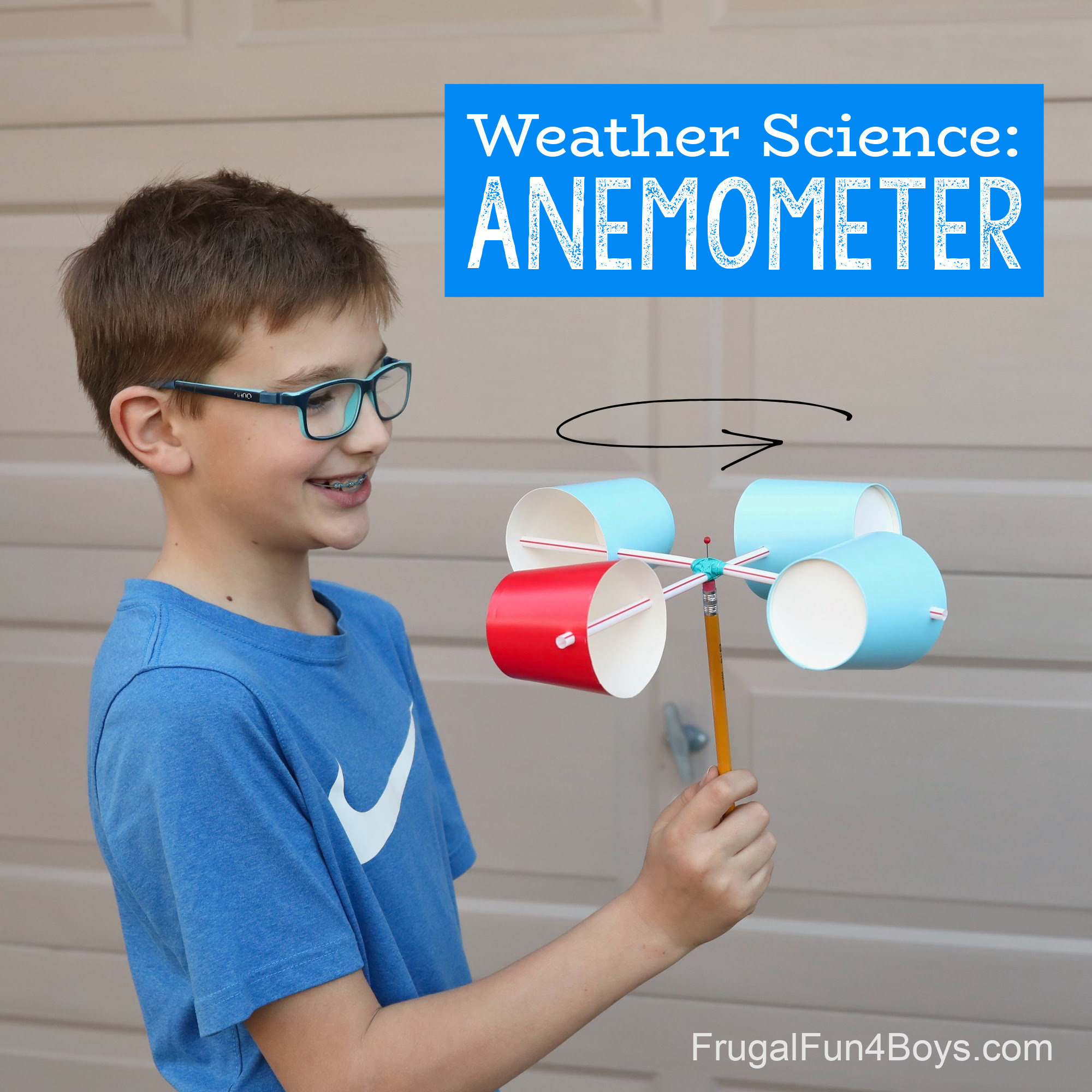Comparing Digital and Mechanical Anemometers: Which is Right for You?
Comparing Digital and Mechanical Anemometers: Which is Right for You?
Blog Article
Checking Out the Features and Advantages of Anemometers for Climate Fanatics and Specialists
Anemometers stand as important devices in the world of weather condition tracking, satisfying both fanatics and seasoned experts alike. These gadgets offer a window into the dynamic globe of wind patterns and speeds, giving invaluable information for meteorological evaluation and projecting. From cup anemometers to sonic anemometers, each kind brings its special set of advantages and applications, losing light on numerous elements of atmospheric conditions. As we explore the functions and benefits of anemometers, a much deeper understanding arises not only of prevailing weather condition sensations yet additionally of the more comprehensive effects for industries like wind energy production and environmental research study.
Importance of Anemometers in Climate Tracking
Anemometers play a critical role in weather tracking by supplying exact dimensions of wind rate, aiding in forecasting and understanding weather condition patterns. These tools, varying from traditional cup anemometers to modern-day ultrasonic anemometers, are essential for meteorologists, researchers, and weather condition fanatics alike.

Types of Anemometers and Their Applications
The most usual types of anemometers include mug anemometers, vane anemometers, hot-wire anemometers, and ultrasonic anemometers. Cup anemometers are composed of three or 4 cups placed on horizontal arms that revolve with the wind, gauging its speed. Vane anemometers, on the various other hand, use an openly turning vane to align with the wind instructions, offering both wind rate and direction dimensions.
Each sort of anemometer has its unique benefits and applications. Mug anemometers are robust and suitable for basic weather surveillance, while vane anemometers are favored for directional dimensions. Hot-wire anemometers are delicate to reduced air velocities, making them ideal for indoor environments. Ultrasonic anemometers are non-intrusive and offer high precision, commonly used in research study and specialized climate monitoring applications. Recognizing the characteristics and applications of each type of anemometer is essential for picking the most suitable tool for details weather monitoring demands.
Benefits of Making Use Of Anemometers in Projecting
In weather forecasting, the use of anemometers uses vital benefits for boosting the precision of weather condition projecting. Anemometers determine wind speed and instructions, giving crucial data for predicting climate patterns. By including wind data into projecting versions, meteorologists can better recognize the movement of weather systems, prepare for adjustments in weather, and problem extra specific forecasts.
Additionally, anemometers play a crucial function in examining potential climate risks. Keeping track of wind speeds helps forecasters forecast serious climate occasions such as typhoons, tornadoes, and winter months storms with better accuracy. sites This very early caution system allows authorities to release timely alerts and carry out necessary safety and security steps, lowering the risks to life and residential property.
Furthermore, anemometers aid in enhancing renewable resource manufacturing. By analyzing wind patterns, meteorologists can recognize appropriate places for wind farms and predict energy outcome, adding to the effective generation of wind power.

Anemometers in Wind Power Manufacturing
Offered the critical role anemometers play in supplying precise wind information for weather forecasting and risk analysis, their significance includes the realm of wind energy manufacturing. Anemometers are essential instruments in the field of wind energy, where the measurement of wind speed and direction is important for establishing the feasibility and effectiveness of wind turbine setups. By properly gauging wind rates at differing elevations, anemometers help optimize the placement and design of wind Visit This Link generators to optimize power result.
In wind ranches, anemometers are strategically positioned to collect real-time wind data that is used to evaluate the potential energy manufacturing of a website. This information is critical in establishing the financial feasibility of wind energy projects and in forecasting energy generation to ensure grid security. In addition, anemometers help in checking wind problems to enhance turbine performance, prevent damages from high winds, and make sure the security of personnel operating in the location of wind turbines.
Enhancing Weather Recognizing With Anemometers

Anemometers play an essential function in enhancing our understanding of microclimates. These localized weather problems can differ significantly from broader local projections, making it important to have exact information for certain areas. anemometer. By strategically positioning anemometers in different places, researchers can collect detailed details on just how wind acts in various surfaces, city settings, or bodies of water
In addition, anemometers add to enhancing weather projecting designs by offering real-time information go on wind behavior. This information is specifically useful for anticipating severe climate occasions, maximizing agricultural practices, and sustaining industries like aeronautics and maritime navigating. In general, anemometers are very useful tools that allow us to delve much deeper into the intricacies of weather condition systems, eventually resulting in even more precise predictions and better-informed decisions.
Conclusion
In final thought, anemometers play an essential duty in weather surveillance and forecasting by gauging wind speed and instructions. Anemometers likewise have applications in wind power production, more highlighting their importance in both weather forecasting and sustainable energy industries.
From cup anemometers to sonic anemometers, each kind brings its special set of advantages and applications, dropping light on various facets of atmospheric conditions. These tools, ranging from typical mug anemometers to modern ultrasonic anemometers, are vital for meteorologists, scientists, and climate fanatics alike. The most common kinds of anemometers consist of mug anemometers, vane anemometers, hot-wire anemometers, and ultrasonic anemometers. Mug anemometers are suitable and durable for basic weather monitoring, while vane anemometers are favored for directional measurements. Anemometers are vital tools in the area of wind power, where the dimension of wind speed and direction is essential for identifying the feasibility and effectiveness of wind generator installments.
Report this page